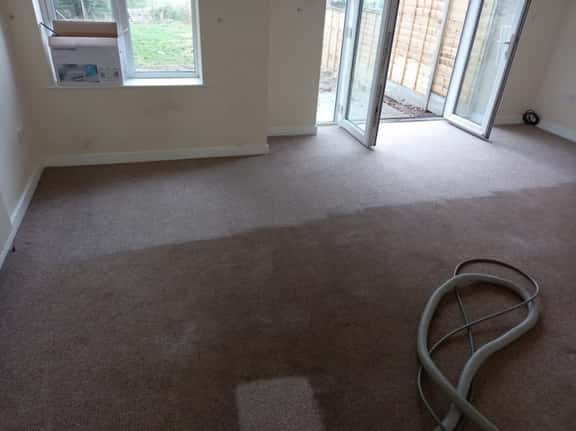Introduction: Rugs are not just decorative elements in our homes; they also play a vital role in keeping our living spaces cosy and comfortable. However, with regular use, rugs can accumulate dirt, dust, and stains, requiring proper cleaning to maintain their appearance and longevity. While professional rug cleaning services are available, many homeowners prefer the convenience and cost-effectiveness of DIY rug cleaning methods. In this comprehensive guide, we’ll explore step-by-step instructions and expert tips for effectively cleaning your rugs at home, brought to you by K&S Carpet Cleaning Faversham.
Assessing Your Rug:
- Before diving into the cleaning process, assessing your rug’s condition and identifying any specific cleaning requirements is essential. Take note of the rug’s material, size, and construction, as different rugs may require different cleaning methods. Additionally, inspect the rug for stains, odours, and signs of wear and tear to determine the appropriate cleaning approach.
Vacuuming:
- Start by thoroughly vacuuming your rug to remove loose dirt, dust, and debris from the surface and deep within the fibres. Use a vacuum cleaner with a brush attachment or a handheld vacuum for delicate rugs to avoid damaging the fibres. Vacuum in multiple directions to ensure thorough cleaning, paying extra attention to high-traffic areas and edges.
Spot Treatment:
- Spot treatment is key to effectively removing stubborn stains or spills without causing damage to the rug. Prepare a gentle cleaning solution using a mild detergent or dish soap diluted in warm water. To ensure compatibility, test the solution on a small, inconspicuous rug area first. Then, apply the solution to the stained area using a clean cloth or sponge, gently blotting and dabbing until the stain lifts.
Deep Cleaning:
- Consider deep cleaning your rug using a gentle shampoo or rug cleaner for a more thorough cleaning. You can use a specialised rug cleaning machine or use manual cleaning methods. If using a machine, follow the manufacturer’s instructions carefully and avoid over-wetting the rug. For manual cleaning, fill a bucket with warm water and a small amount of rug cleaner, then use a soft-bristled brush or sponge to scrub the rug in a circular motion.
Rinsing and Drying:
- After cleaning, rinse the rug thoroughly with clean water to remove any remaining soap or cleaning solution. Use a clean sponge or cloth to blot excess moisture from the rug, then allow it to air dry completely in a well-ventilated area, preferably outdoors or in a sunny spot. Avoid placing the rug in direct sunlight, as this can cause colours to fade or fibres to shrink.
Brushing and Fluffing:
- Once the rug is dry, use a soft-bristled brush or a rug rake to gently brush and fluff the fibres, restoring the rug’s texture and appearance. Brush toward the rug’s pile to avoid damaging the fibres. This step helps remove any remaining dirt or debris and leaves your rug fresh and rejuvenated.
Conclusion: DIY rug cleaning is a practical and effective way to maintain the cleanliness and condition of your rugs at home. By following these step-by-step instructions and expert tips, you can achieve professional-quality results and prolong the lifespan of your rugs. However, if you encounter stubborn stains or are unsure about cleaning delicate or valuable rugs, it’s always best to consult a professional rug cleaning service.
Call us on: 01795 502 097
Click here to find out more about K&S Carpet Cleaning Faversham
Click here to complete our contact form and see how we can help with your carpet needs.

